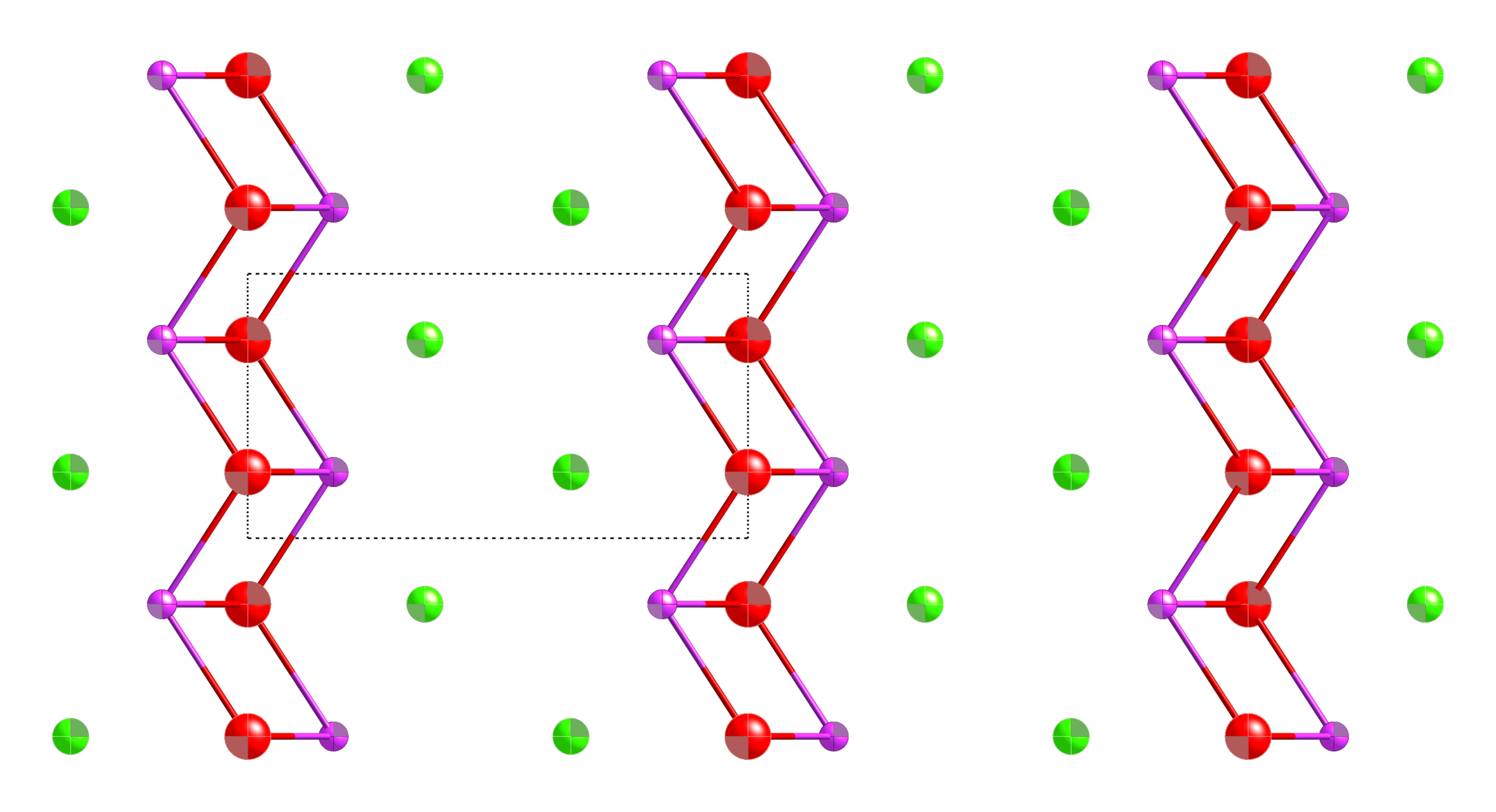
I got a question today from one of my Twitter chums, Charlotte of the popular blog Lipglossiping.
Hello Colin, I hope you don’t mind me contacting you like this but I’ve been a fan since I saw you post on MoneySavingExpert about cosmetics a few years ago. Anyway! I have a PR who is adamant that Bismuth Oxychloride is natural. I quote:
“Bismuth Oxychloride is a rock which is crushed and milled – it is 100% a pure mineral found in nature. It comes from the ground, nothing else is added to it. It is heated to different temperatures to achieve different colours. I hope that helps?”
I originally read Paula Begoun take on it: http://www.cosmeticscop.com/dictionary_term.aspx?tid=913&lid=498&term=bismuth+oxychloride
Which makes it sound pretty ‘un-natural’
But the wikipedia stubby makes it sounds natural? – http://en.wikipedia.org/wiki/Bismuth_oxychloride
I’m confused, please could you advise?
I have been asked this one before and I didn’t know the answer then either, but I was intrigued by the very beautiful structure of this material in that Wiki stub. I really like the way the atoms seem to line up in a straight line. So I have done a bit of digging around to try and find out.
I have no reason to doubt the fact that bismuth oxychloride might be mined somewhere and that this production might end up being used in some mineral make up somewhere. But looking at the facts and figures in the US Geological Survey 2007 Minerals Yearbook it is clear that the overwhelming bulk of bismuth oxychloride used in cosmetics is made in the way Paula describes, or some similar way.
When you look at the highly ordered chemical structure you see why this material is so useful in make up, particularly mineral make up. It is ordered crystals like this that often reflect light in interesting ways giving a pearly sheen that catches the eye. To get the most eye catching results the crystals are grown in carefully controlled conditions to get just the size and shape needed. It must have taken someone a huge amount of work to get the results just right. But not really very natural – so I don’t think you can really describe bismuth oxychloride as simply a rock that is crushed and milled.
Not that being a natural mineral is necessarily a good thing. Asbestos is a pretty natural mineral material and I wouldn’t want to handle that. I think mineral make ups are very good – my wife has looked great since she switched to a mineral brand (Ineka if you are interested). I haven’t had a chance to work on any myself yet but you never know what is round the corner. But I don’t think there is any reason to think that mineral make ups are any safer than ordinary colour cosmetics. They are both quite safe.
